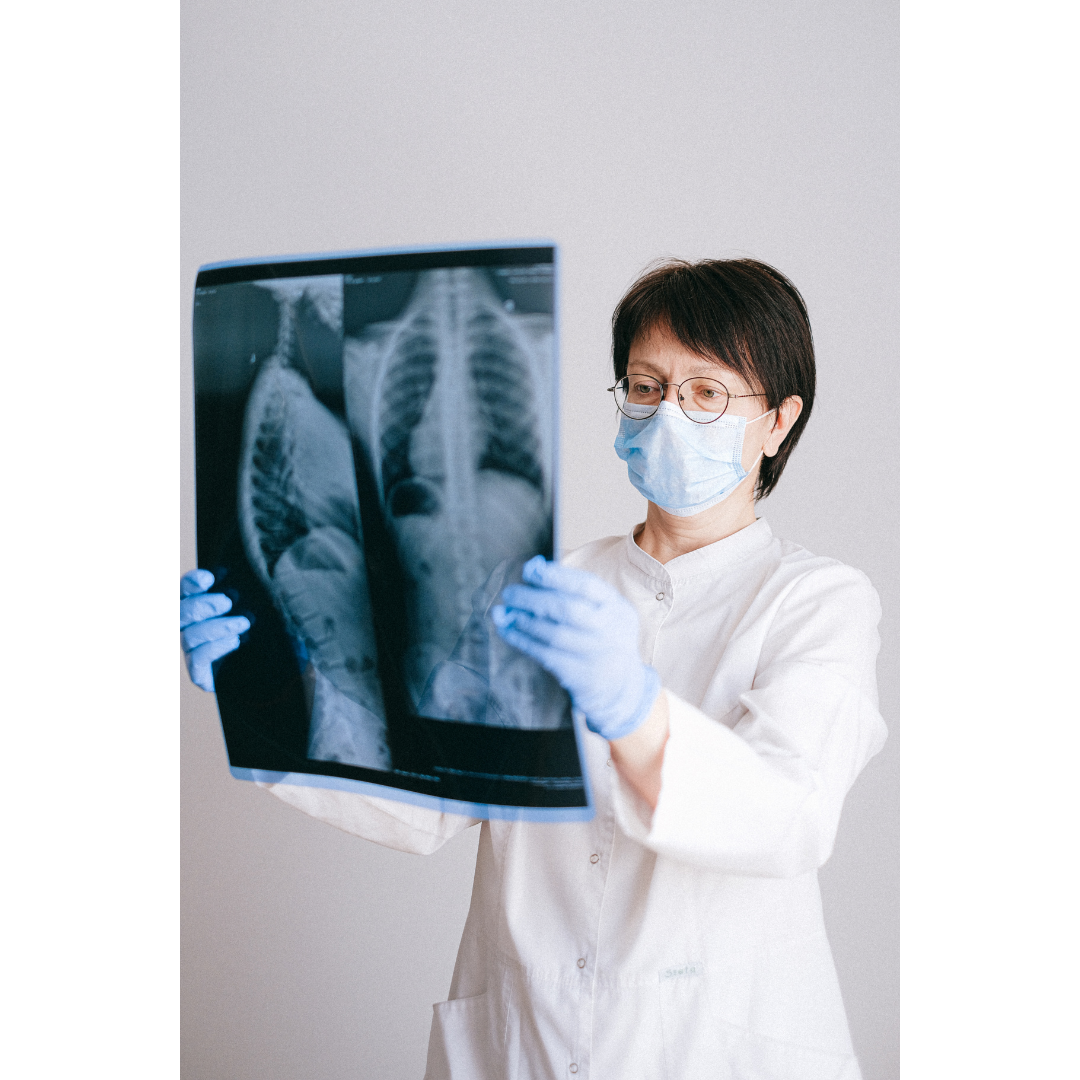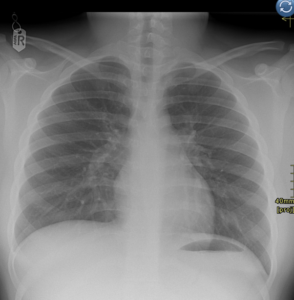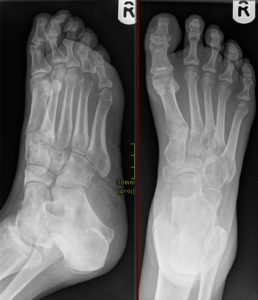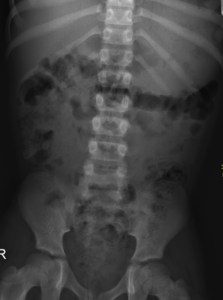The examination is painless and fast. Indeed, you will be completely unaware that the x-ray has been completed. Typically, you are not required to do anything to prepare for an x-ray. Depending on that part of the body being imaged it may be helpful to wear loose comfortable clothing without fasteners or zips. Alternatively, you may be asked to change into a hospital gown and remove any metallic items such as jewellery, piercings and watches before having an x-ray. It is important to make the imaging team operating the equipment aware of any metal implants from previous surgery.
Sometimes an x-ray study requires the use of a special ‘contrast’ agent beforehand. Contrast is used to provide clearer images of certain parts of your anatomy. Depending on what is being imaged contrast may be administered in a variety of ways:
- As a liquid which is swallowed (such as a barium swallow)
- As an injection into your blood vessels (such as a contrast enhanced CT)
Contrast typically contains either iodine or barium, both are dense elements that show up well on x-rays. It is important to let your doctor know if you have previously had a reaction to any medically administered contrast media – this is rare but recognised.
In some cases, for example, when imaging your stomach or intestines, your medical team may ask you to fast for a certain amount of time beforehand. During this period of fasting, you must avoid eating, you may also be asked to limit or avoid drinking certain liquids.




